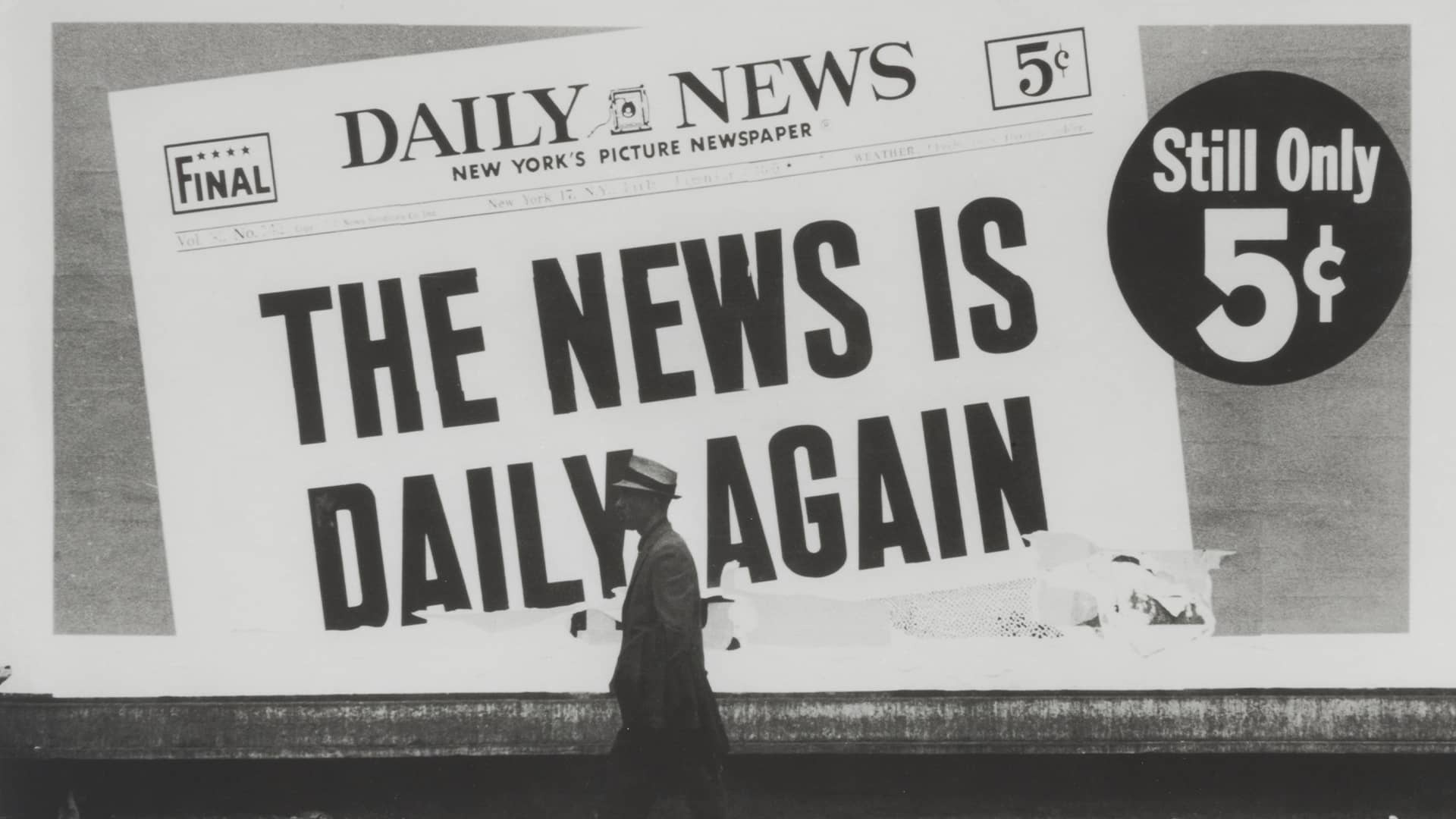Talk
June 15, 2022 / 18.30
Pera Museum presents a series of talks related to the And Now the Good News exhibition, which focuses on the relationship between mass media and art. The exhibition takes the newspaper as an intellectual starting point and focuses on the relationship between text and news, the ways in which the invention of photography have shaped society, and the powerful effect totalitarian systems have on mass media. Erkan Saka, associate professor in the Department of New Media and Communication at Istanbul Bilgi University, and Kerem Ozan Bayraktar, artist and associate professor in the Faculty of Fine Arts at Marmara University, will discuss the acceleration of digital image circulation after social media and how this acceleration relates to art, using the “How to Look Good on Facebook: The Post-Press Era” section of the exhibition to launch the discussion. Erkan Saka also has an article featured in the And Now the Good News newspaper, titled “How to Look Good on Facebook: The Post Press Era”.
Free admissions, drop-in. This event will take place in the auditorium. The talk will be in Turkish.
About Erkan Saka
Erkan Saka is an associate professor in the New Media and Communication Department at İstanbul Bilgi University and teaches digital journalism, new media cultures and digital anthropology. Having received his undergraduate and master’s degrees in Sociology from Boğaziçi University and his PhD in anthropology from Rice University (Houston, US), Saka has worked as a visiting research scholar in Anthropology at UC Irvine and in the Science and Technology Studies at MIT. He has been an active blogger since 2004 (www.erkansaka.net) and runs a project called SosyalKafa that focuses on new media cultures (www.sosyalkafa.net). Some of his latest works include his book, Social Media and Politics in Turkey: A Journey through Citizen Journalism, Political Trolling, and Fake News (Lexington Books: 2019), and his article “Big data and gender-biased algorithms" published in The International Encyclopedia of Gender, Media, and Communication.
About Kerem Ozan Bayraktar
Kerem Ozan Bayraktar focuses on the atmospheres, the individuation processes, and the transformation of objects with different scales and qualities, such as invasive plants, toy robots, dust particles, or exoplanets. The artist often uses hybrid methods that intertwine different media such as animation, text and sound. Bayraktar graduated from the Marmara University Institute of Fine Arts with a Master's Degree in Arts and Proficiency in Art. He recently participated in "SAHA Studio", "Berlin Senate Residency Program" and "Istanbul Biennial Work and Research Program". He has been working with the Fellowship for Situated Practice program at the BAK (Basis for Activist Knowledge) institution since October 2021.Bayraktar is represented by Sanatorium.
Temporary Exhibition
Focusing on the relationship between mass media and art, the exhibition entitled And Now the Good News brings together a comprehensive selection of works from the Annette and Peter Nobel Collection.
Click for more information about the exhibition.

Tuesday - Saturday 10:00 - 19:00
Friday 10:00 - 22:00
Sunday 12:00 - 18:00
The museum is closed on Mondays.
On Wednesdays, the students can
visit the museum free of admission.
Full ticket: 300 TL
Discounted: 150 TL
Groups: 200 TL (minimum 10 people)